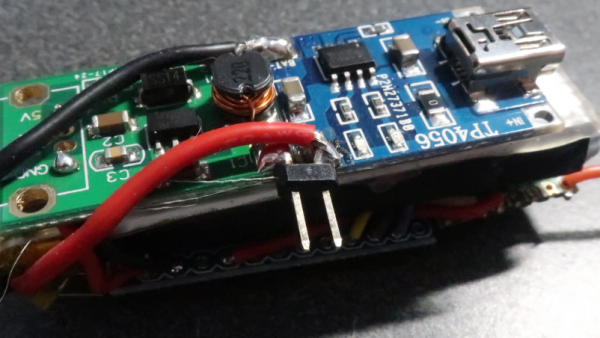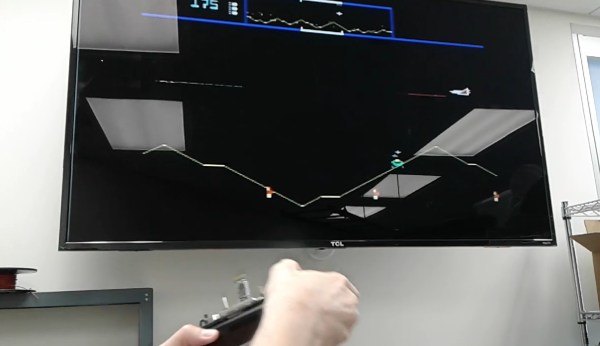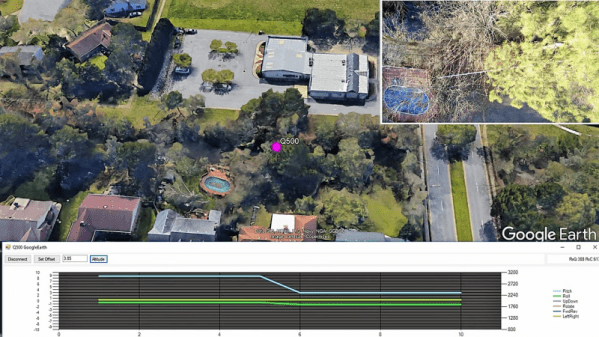We’re on the lookout for the most interesting connected projects, things that communicate wirelessly to do something clever. Show us your creations and you can win the Connected World contest.
Chances are you’ve already been automating the world around you with wireless connections. This could be as simple as WiFi, or as convoluted as systems separated by miles yet connected via line-of-site laser communications. It could be 433 MHz wireless modules, or Bluetooth steering wheel control for your miniature robot. We’d really like to see a washing machine with a satellite uplink but we’d better be careful what we wish for.
We’ll pick the top 20 entries based on your creativity, execution, functionality, and how well you tell the backstory. Each will receive a free PCB coupon for up to $50 from OSH Park. Additionally, we’ll award the title of Best Project, Best Aesthetic, Best Documentation, and Best Media to four entries and give each a $100 Tindie gift card.
Don’t delay, put your project up on Hackaday.io and use the dropdown box on the left sidebar to enter it in the Connected World contest.




 [Dave Akerman]’s interest in high-altitude projects means he is no stranger to long-range wireless communications, for which LoRa is amazingly useful. LoRa is a method of transmitting at relatively low data rates with low power over long distances.
[Dave Akerman]’s interest in high-altitude projects means he is no stranger to long-range wireless communications, for which LoRa is amazingly useful. LoRa is a method of transmitting at relatively low data rates with low power over long distances.












